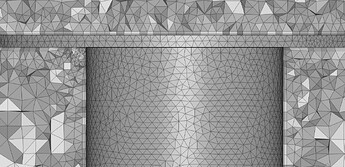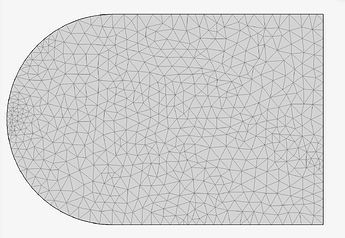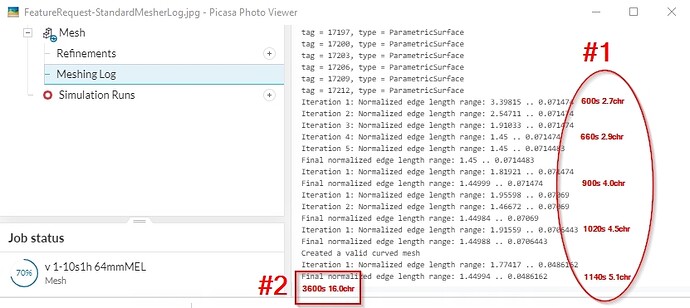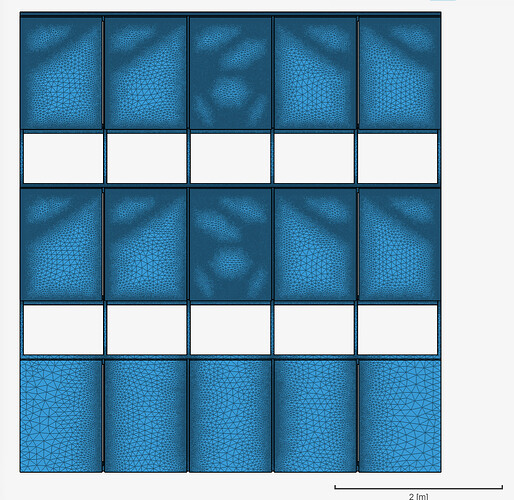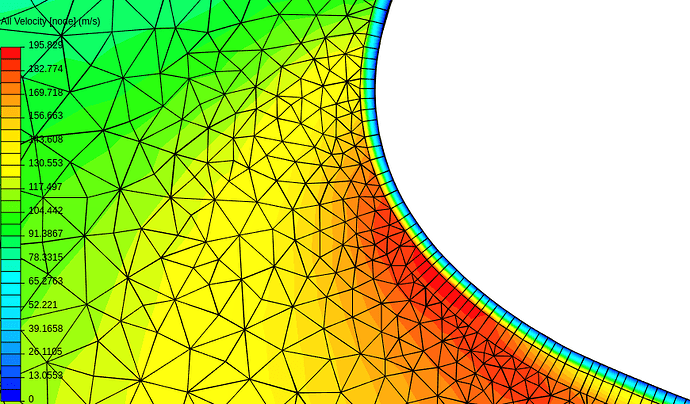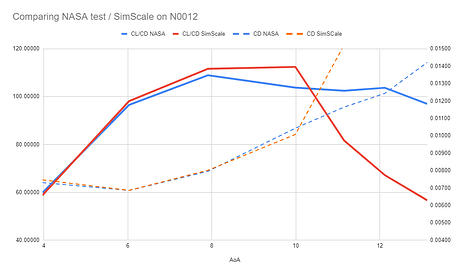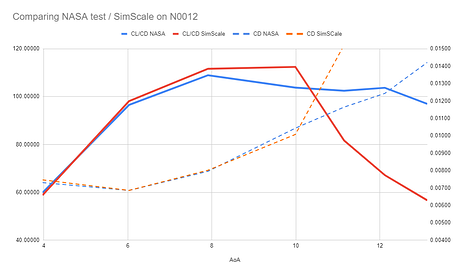Hi @jprobst
Thank you for offering your (well, standard) recommendation about meshing. I followed them for first ~9 months with SimScale, but being asked to check how well new ‘standard’ mesh (TET) behaves, I joined @DaleKramer and @Ricardopg on a separate channel (RocketChat), were we spent hundreds of simulation hours trying to match, to some extend, NACA0012 experimental data from NASA, and using TET and HEX meshes.
My objective was to make kind of ‘essential’ setup with smallest possible domain and minimal number of tweaks from Numerics.
While meshing for Full Resolution (y+1) I tested up to 64 BLs: even if Lift coefficient was in line with experimental one for many AoA, Drag coefficient was never approaching any. Convergence was steady or near ideal for those simulations.
While meshing for Wall Function (k-omega-STT) (y+30) I tested many layers, but found out, that Drag Coefficient is getting better and better when reducing the number of BLs and allowing Wall Function to take care of y+ > 80. I went to study Xfoil 2D meshing approach and with a hind side from pressure gradient study (in Xfoil), applied a ‘patch’ on a part of the airfoil face, allowing to handle high pressure gradients with much denser 1 layer BL.
That way I was able to get the correct results for CD / CL on NACA0012 from 3.97 to 9.99 degrees:
AoA > 10 degrees were strangely off, surely for a valid reason but I could not, at that moment, find a way to modify my mesh in order to accommodate that ‘change of regime’.
At that moment I jumped to Ahmed body study using TET mesh and my 1 BL layer approach with ‘patches’ for high pressure gradient, with success.
Early this year @DaleKramer did a systematic study of 1 layer BL for HEX mesh and validated that way of applying Wall function.
Summing it up: it is not my poor knowledge of meshing / simulation that can be blamed. We had a ‘strange’ opportunity window last year to validate new TET mesh for CFD and I started to be convinced, that it really can be used on experimental metrics, with minimal setup and without heavy Numeric acrobatics. As a side effect of that new (2020) TET mesh modification, all my studies (NACA0012, Ahmed body, Tesla Trck) are invalidated (nobody could now reproduce those results). I think I will still make NACA0012 public, with explanation about my ‘exploration’ of tools and methods to make CFD simulation better.
For inspiration, I thank @DaleKramer and @Ricardopg for countless hours of discussions (frequently hot), pointers to documentation and tips.
Cheers,
Retsam
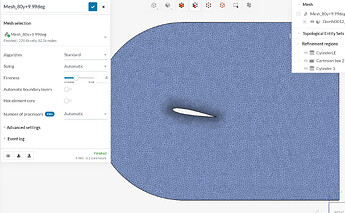
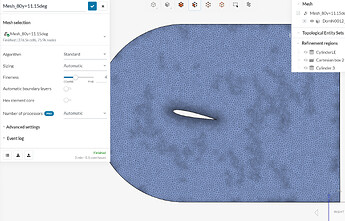
 )
)
